Argonne report on characteristics of light-duty plug-in electric vehicles in US
Green Car Congress
NOVEMBER 22, 2022
million of these all fully-electric battery electric vehicles (BEVs), and 800,000 plug-in hybrid electric vehicles (PHEVs) which have the capability of using gasoline. Annual sales of PEVs in the US by year. Sales shares of PEVs in the United States by manufacturer, 2011–2021. More than 2.1 Gohlke et al.

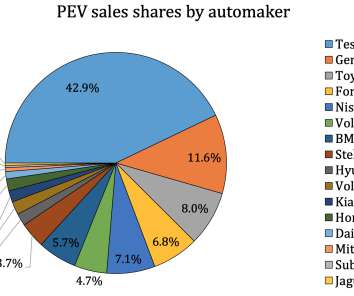



















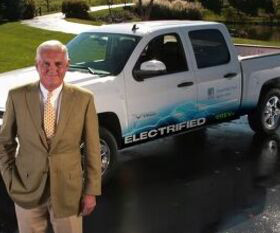



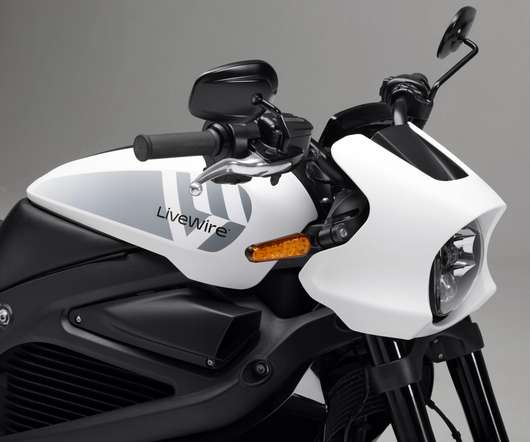


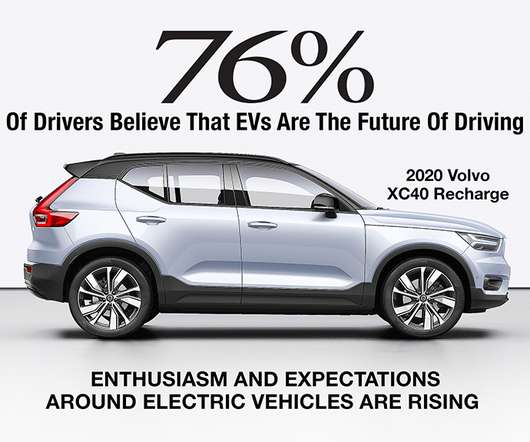
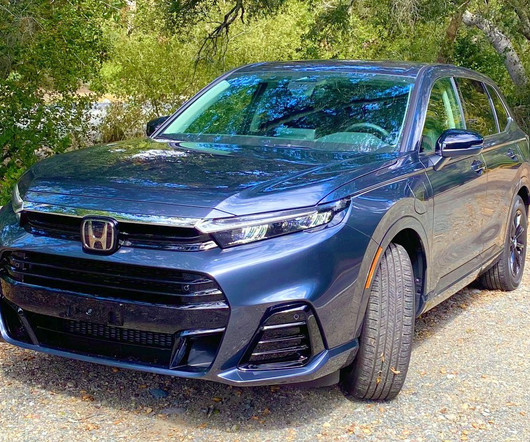
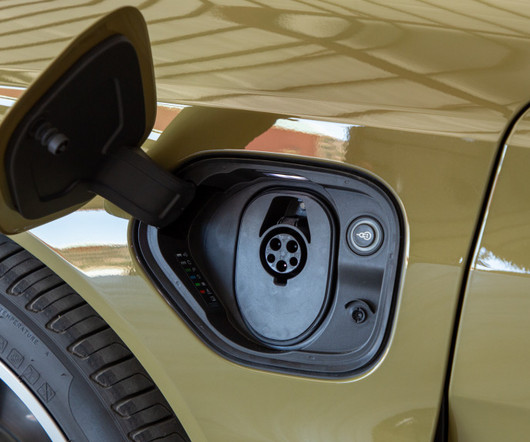








Let's personalize your content